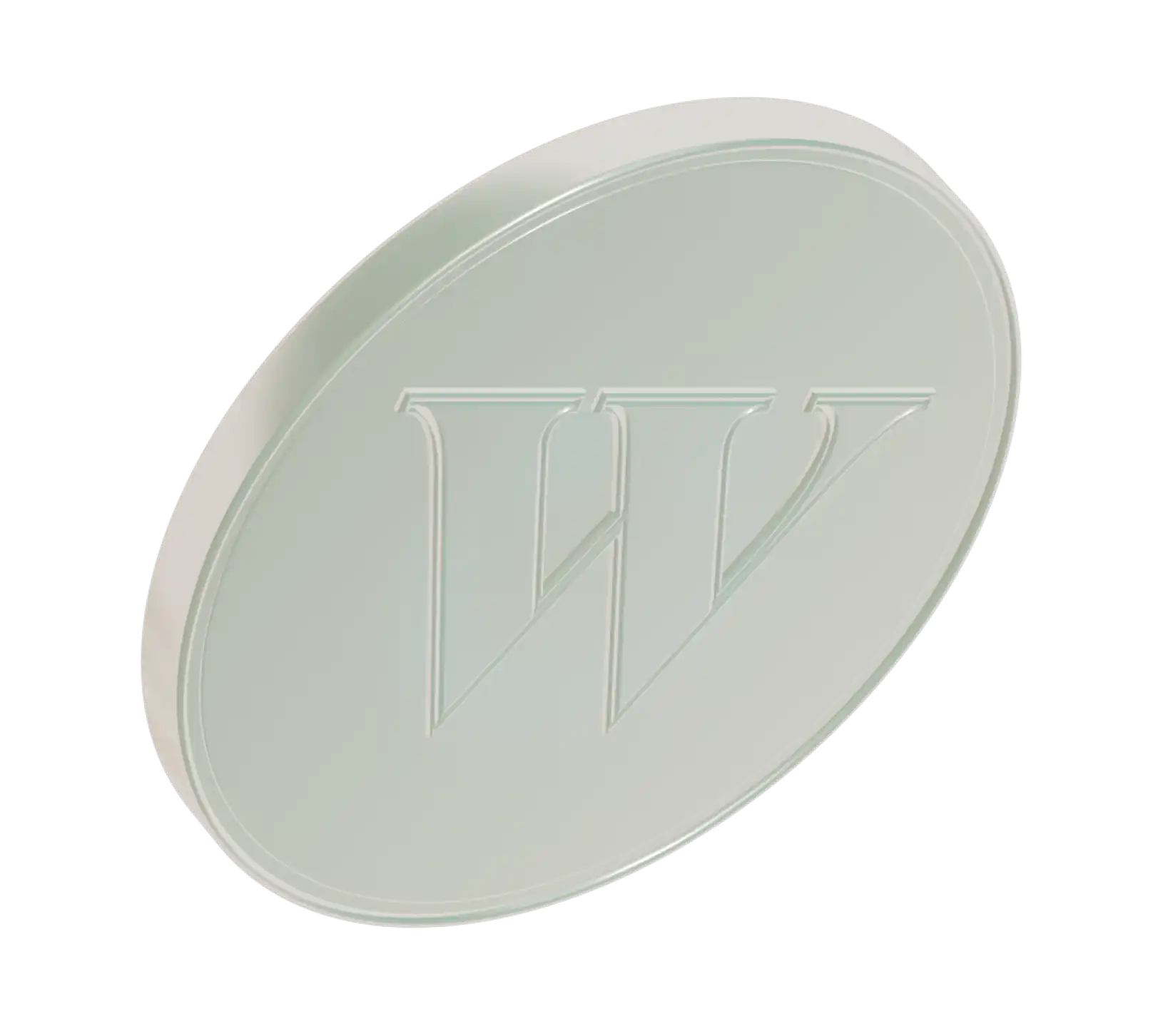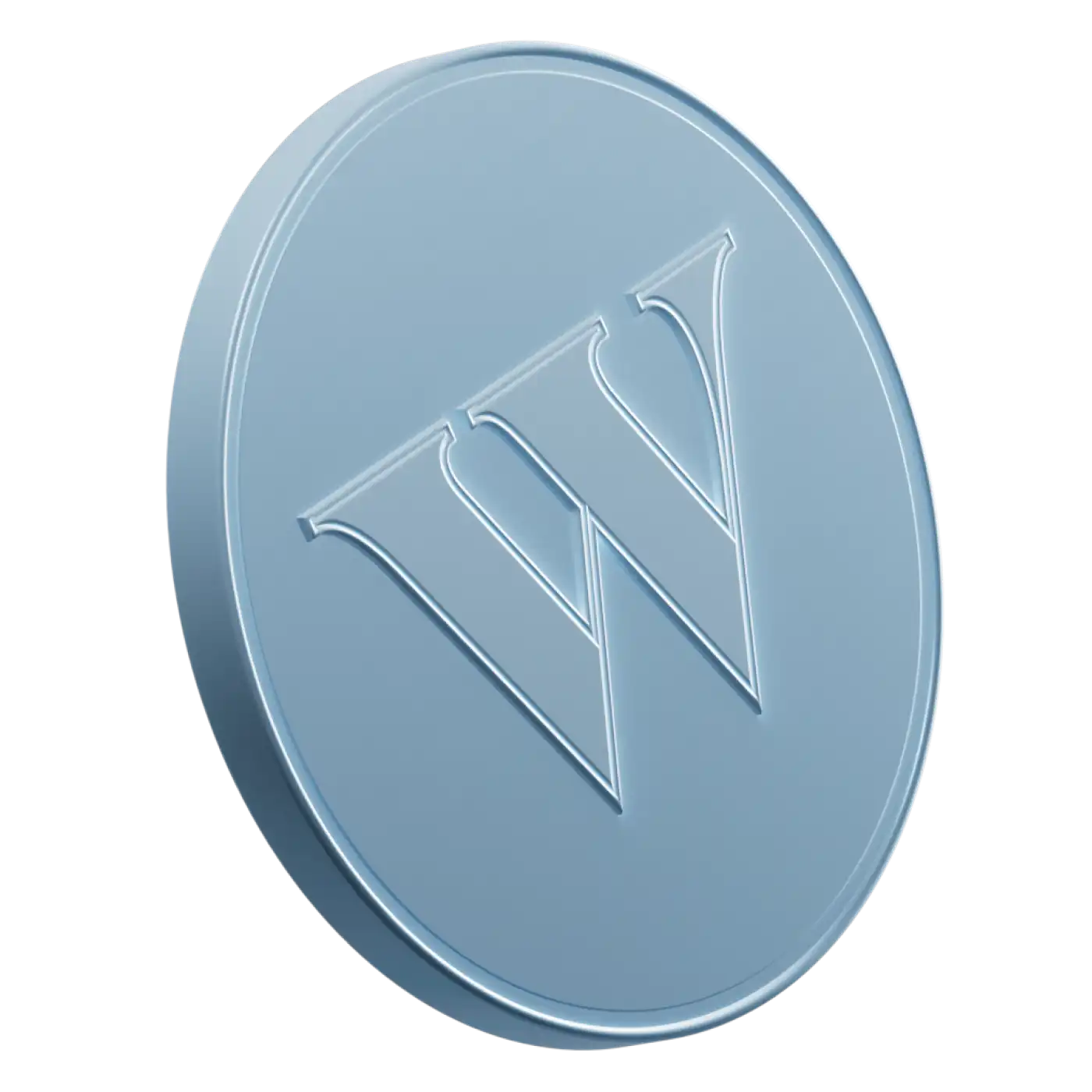It might be helpful to think of money you borrow as akin to a rental car; in the same way you have to eventually have to return the car, so do you have to return a the amount you borrowed from the bank — called the principal. The interest charged on the principal is a lot like the rate the rental car company charges you for the right to drive their super-boring-dog-hair-covered sedan. Interest rates — often expressed as APR, or Annual Percentage Rate — will depend on many factors: how good your credit history is, thus, how sure a bet you are to pay back your loan — and because of that, riskier borrowers are charged higher rates. Credit cards’ APRs are consistently higher than say, home mortgages, largely because of the administrative costs associated with running cards (and consumers’ shocking willingness to be saddled with insurmountable debt tomorrow in order to buy dope skis today.) Banks always pay lower interest rates on deposits than they charge on loans, because the sliver of percentage rate that divides the two rates is where the bank makes money.
A large factor affecting consumer loan rates is the policy interest rate set by the Bank of Canada, our central bank. People mistakenly assume that there is a direct correlation between consumer interest rates and the rate set by the Bank of Canada; there’s certainly an indirect link since the policy interest rate refers to how much commercial banks must pay on money they themselves borrow from the Bank of Canada. The Bank of Canada raises the interest rate to counteract inflation by limiting the supply of money circulating in the economy. When the spigot providing money to banks is turned down, money to loan becomes scarcer. When money is scarcer, you’ll not only have a harder time getting a loan, you’ll be charged more to borrow once you do get one.



